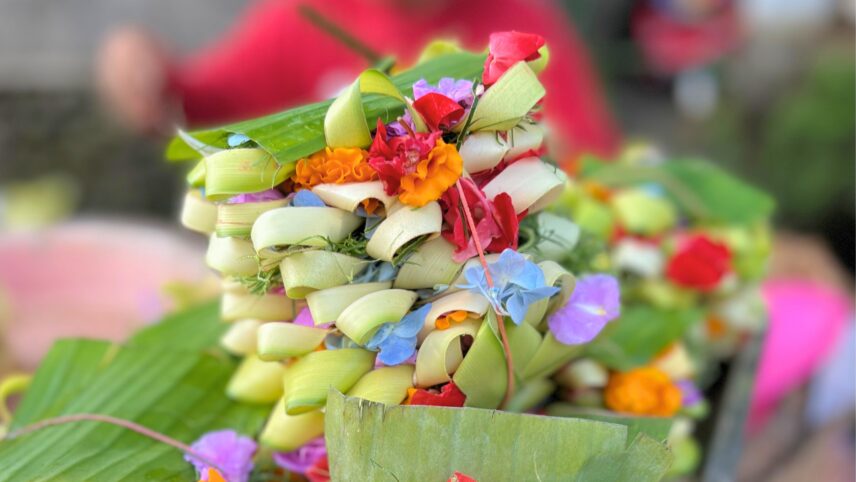
Travel Stories
Women in the Wild

April 9, 2024
The Unexpected Impressions of Greenland and Wild Labrador

April 4, 2024
Our Guiding Lights: Meet Our Inspiring Tour Guide Yasmine from Egypt

April 3, 2024
How Tourism Supports Local Women in Morocco

April 2, 2024
Jane Goodall: Hope for Humanity

March 28, 2024
Your Ultimate Guide to the Northwest Passage Expeditions

March 25, 2024
The Quiet Rapture of the Northwest Passage

March 22, 2024
Prepping for Scotland: A Guide to the Secret and Surprising Side of this Country!

March 18, 2024
A Guide to Our Most Flowery Destinations

February 27, 2024